- Cheap running costs
- Good aftersales package
- Fantastic resale value
- No memory driver's seat
- No sunroof option
- Rubbery CVT
Fun fact: did you know that the Toyota Corolla is the world’s best-selling car? Over 40 million have been produced. Now in its eleventh generation, the 2020 Toyota Corolla is so much more than what it used to be. With sedan and hatch body styles, as well as petrol and hybrid drivetrains available, there is a Corolla for everybody. Here we review the top-spec hatch (for now), the 2020 Toyota Corolla ZR hybrid – is it the small car to buy?
Price & Specs:
The 2020 Toyota Corolla Hatch range starts off with the $23,335 Ascent Sport, which includes equipment such as bi-LED headlights with auto high beam, seven airbags, low-speed auto emergency braking with pedestrian and cyclist detection, adaptive cruise control with lane trace assist, an 8.0-inch touchscreen with Apple CarPlay and Android Auto smartphone mirroring, 16-inch alloy wheels, heated/electric-folding mirrors and an electric parking brake with auto hold functionality.
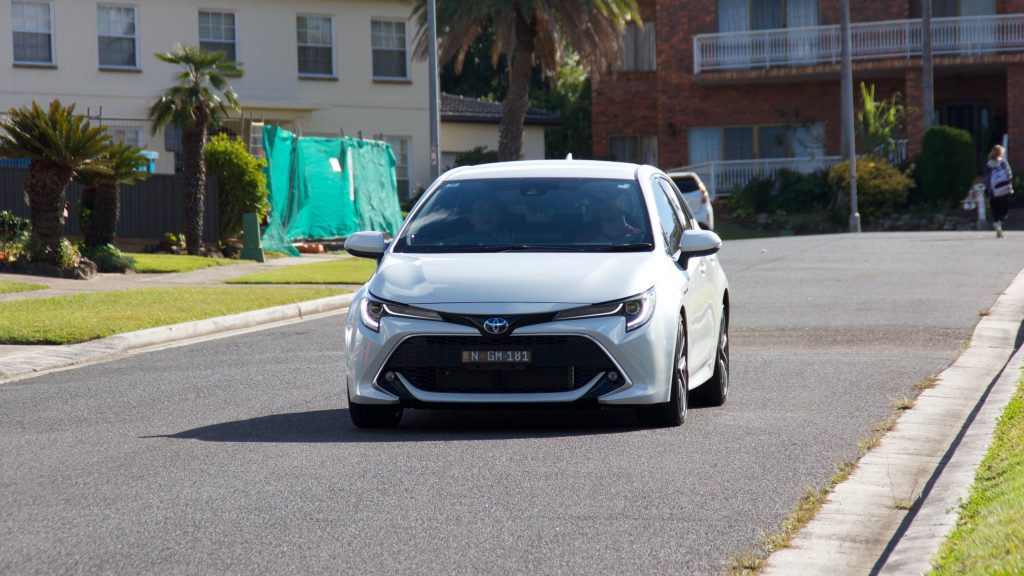
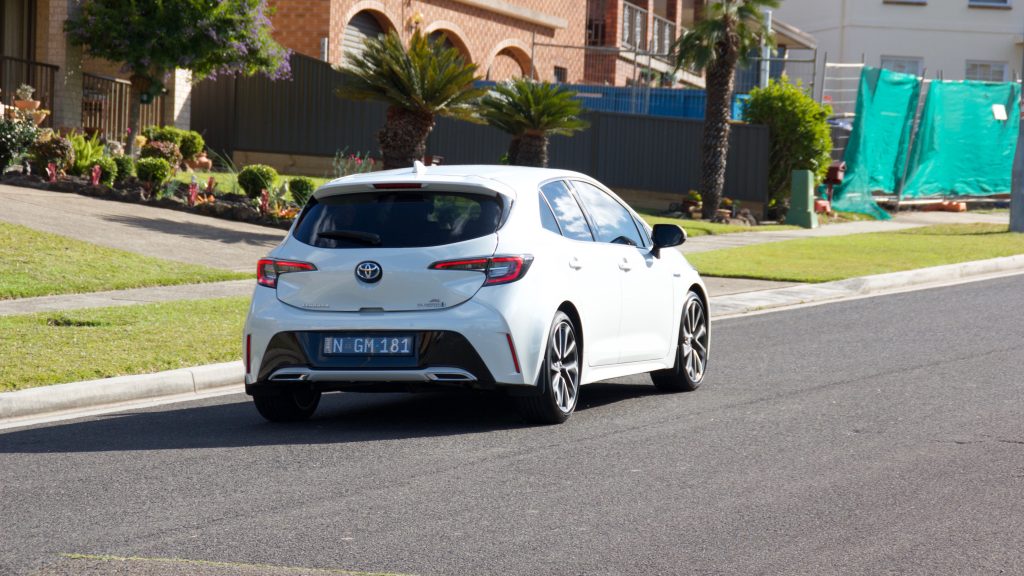
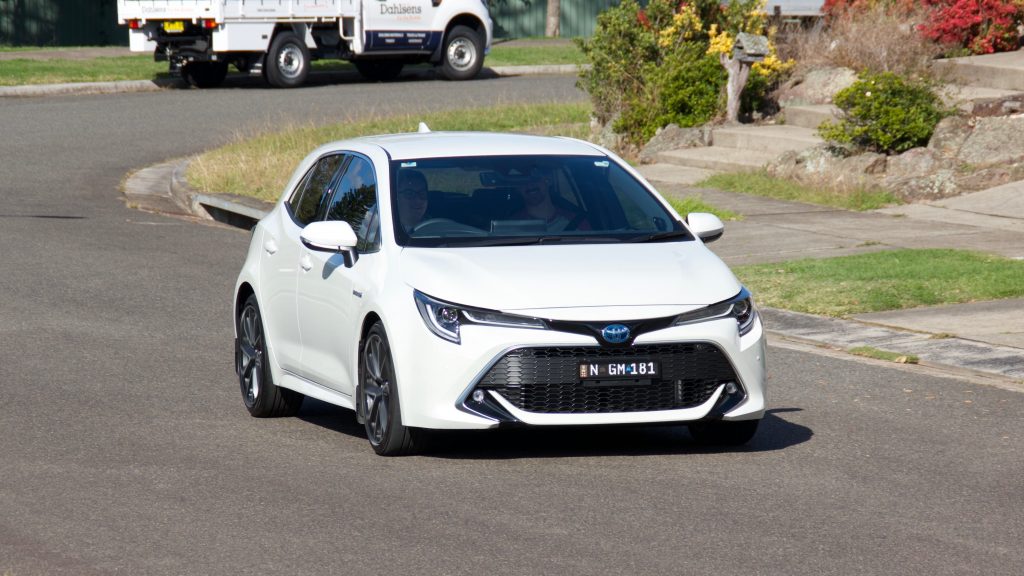
Stepping up to the auto-only $28,235 (plus on roads) SX adds the contents of the Ascent Sport’s optional package, as well as LED front foglamps, keyless entry and start with auto-folding mirrors, a leather-wrapped steering wheel, paddle shifters (petrol only), dual-zone climate-control and QI wireless charging, as well as a number of extra safety features including blind-spot monitoring and rear cross-traffic alert, and front and rear parking sensors with auto braking in reverse.
The top-spec $32,135 ZR hatch includes larger 18 inch alloy wheels, black or red leather/suede seating with front heating, a 10-way powered driver’s seat (with no memory settings), blue ambient lighting, an auto-dimming rear view mirror, digital driver’s instrumentation with a large colour heads-up display, an eight-speaker JBL sound system and the option of a two-tone roof ($500).
Note: choosing the sedan deletes electric-folding mirrors on all models, though ZR sedans do get a sunroof that’s missing from the ZR hatch.
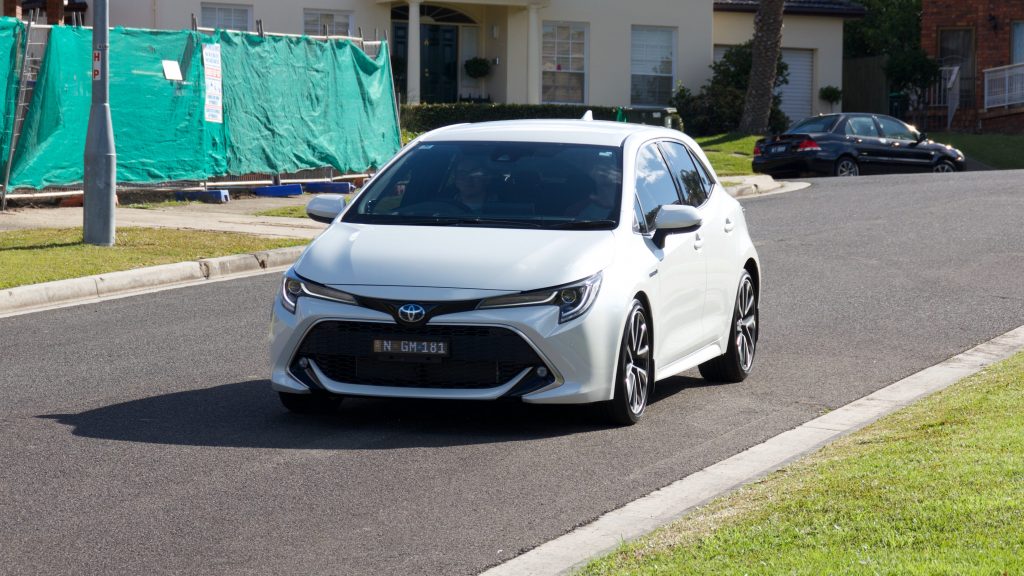
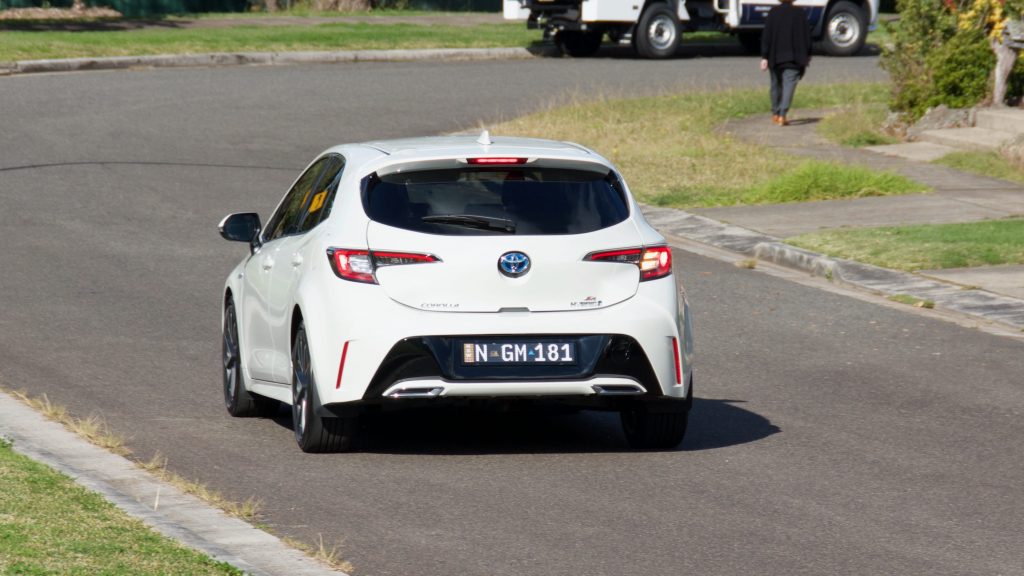
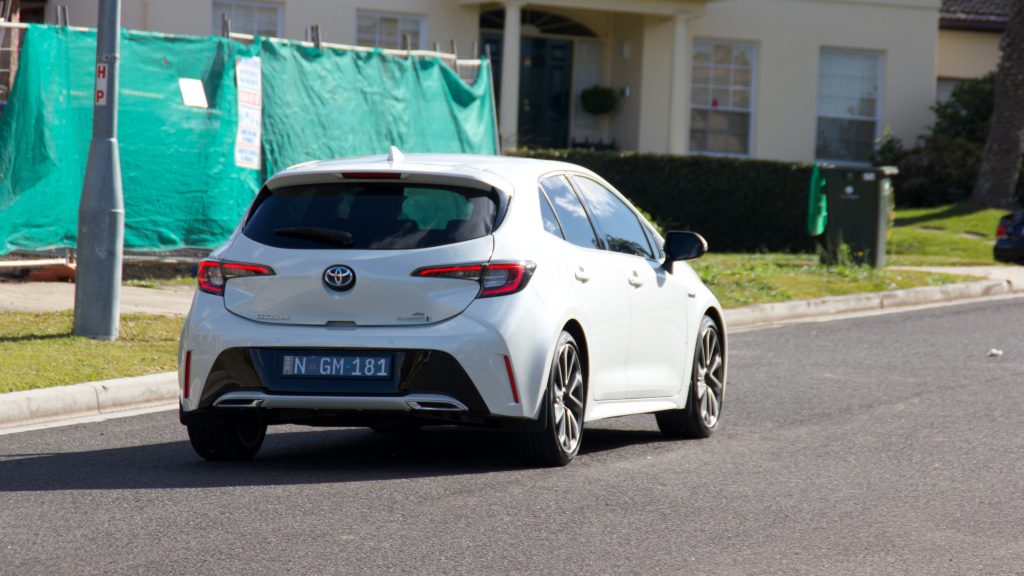
Drive & Engine:
Powering the 2020 Toyota Corolla range is a new 2.0-litre four-cylinder petrol engine, which produces 125kW of power and 200Nm of torque. A slick six-speed manual gearbox is unfortunately only available on the Ascent Sport, otherwise a CVT automatic is standard. Fuel consumption is claimed at 6.3L/100km for the hatch, and 6.5L/100km for the sedan (the $1,500-costlier CVT automatic drops that to 6.0L/100km for both body styles).
For an extra $1,500, hybrid variants (like the ZR hybrid we have here) add a 72kW/142Nm 1.8L four-cylinder petrol engine with a 53kW/163Nm electric motor that draws its power from a nickel-metal hydride battery pack that’s mounted under the rear seat. Combined power output is 90kW of power and Toyota doesn’t quote a peak combined torque figure. While this is less performance than the 2.0L petrol Corolla, it’s also a lot more fuel efficient – just 4.2L/100km combined is claimed for the hatch.
Purely urban driving is where hybrid drivetrains shine, and the Corolla is no different. There’s a nice boost from the electric motor when accelerating, and unlike many small hybrids of the past, you can actually drive a few km purely on electric mode (providing there’s enough juice in the battery pack) and we got an overall consumption rating of 4.5L/100km. Try that in your Hyundai i30.
Ride & Handling:
Undeniable however, is the Corolla’s step up in the ride and handling department. Even if you’re not into cars, the added ride comfort and nimbleness of all new Corolla models is impressive. If you are into cars however, Toyota’s TNGA platform (that also underpins the Prius, Camry, RAV4, C-HR, etc) is excellent – it’s much more rigid than before, and the car is definitely more dynamic too. A fun Corolla? Who’d have thought it.
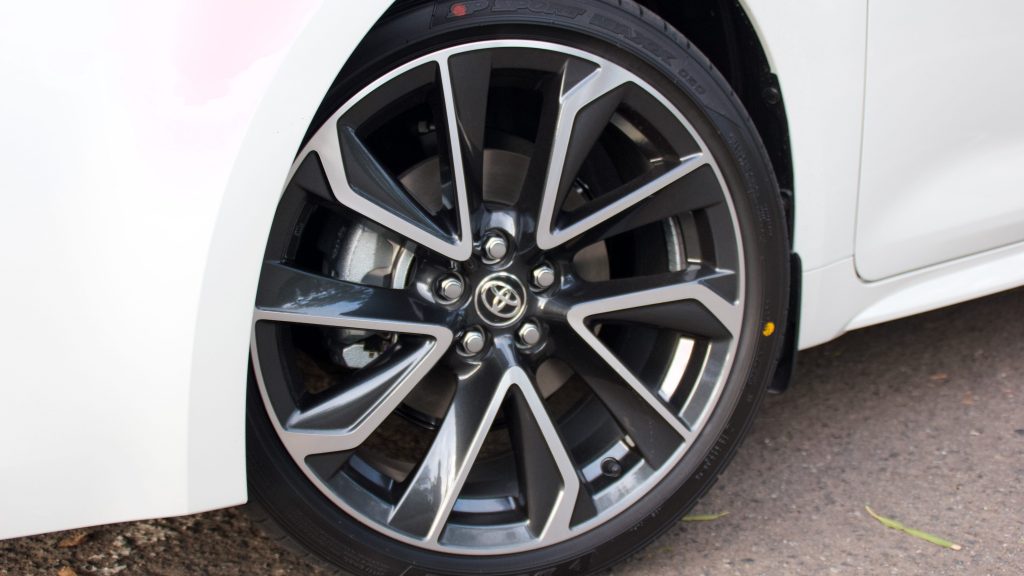
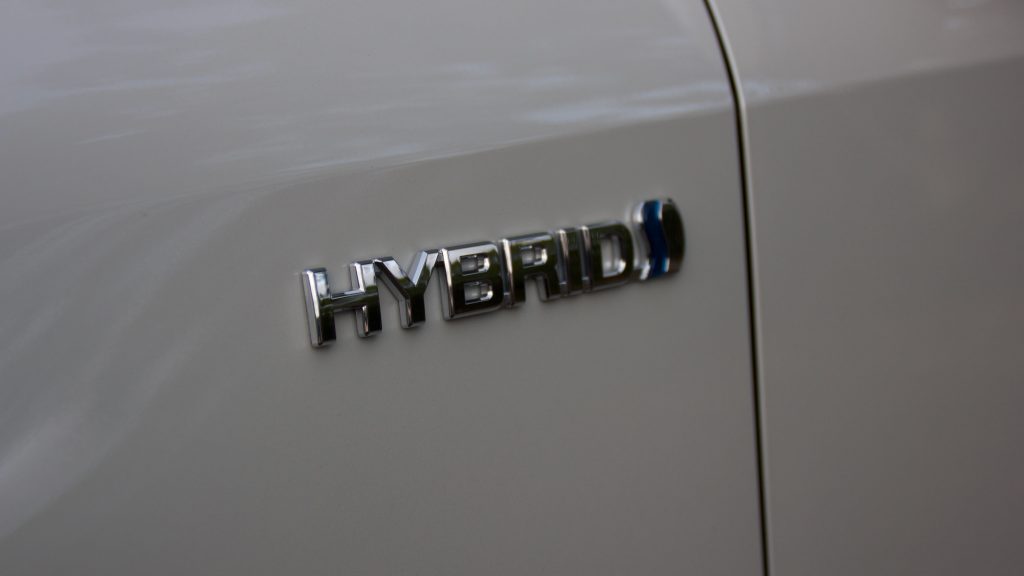
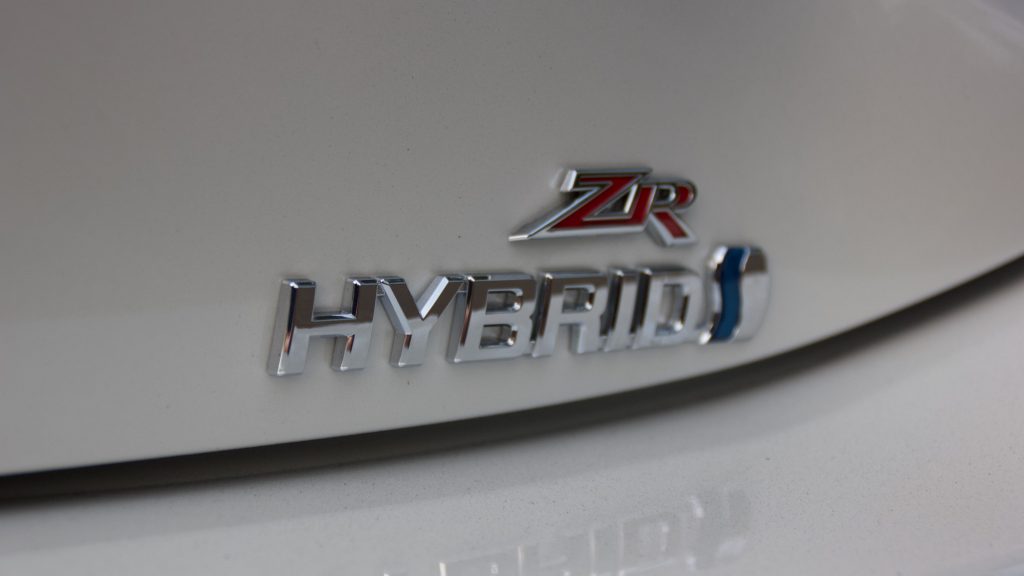
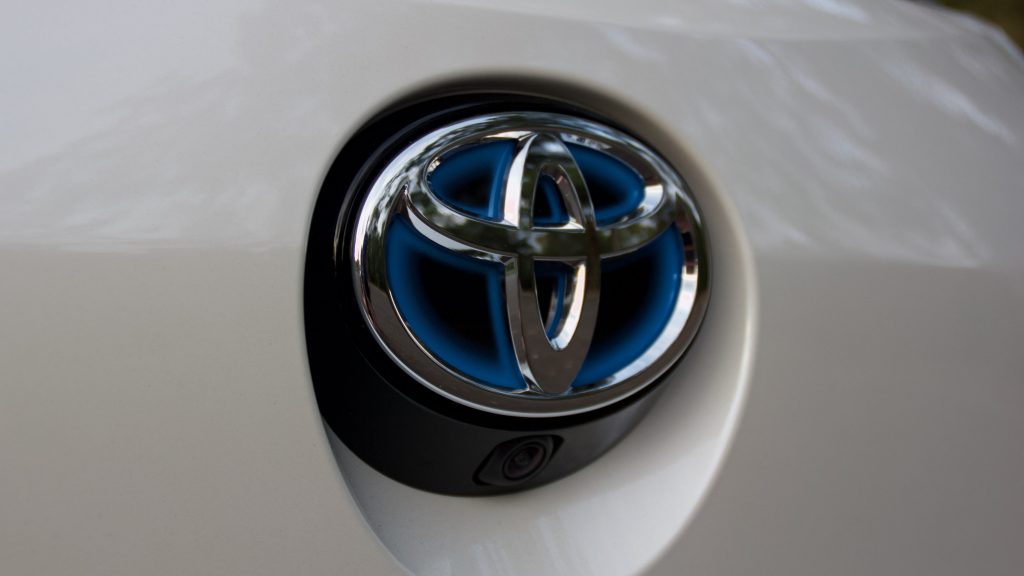
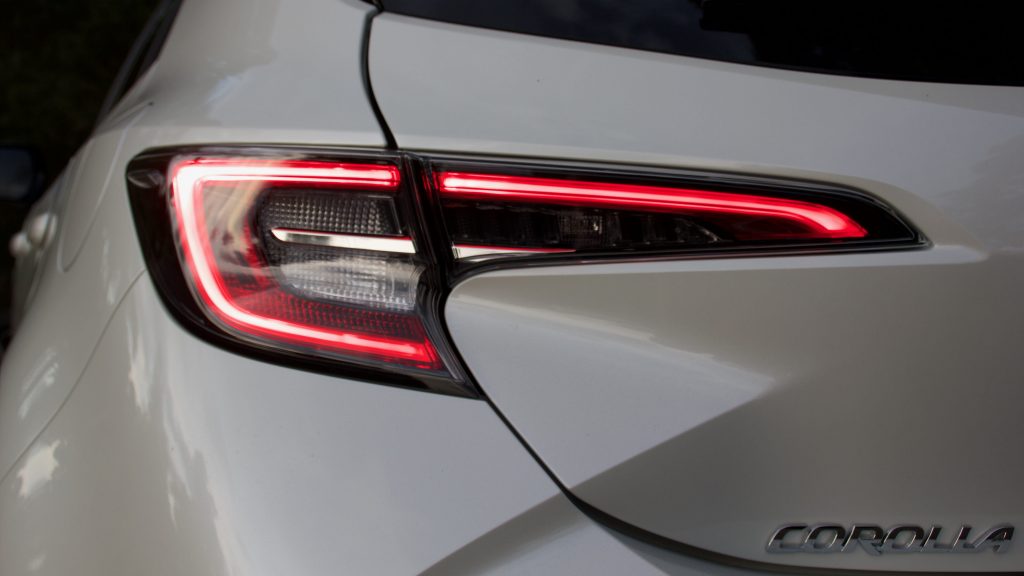
Particularly good is the steering – it’s more feelsome than before, but impressively well-weighted too – and don’t worry, it’s still light enough around town. Of course, the hybrid is no rocketship but get a good pace going and it drives better than many competitors, including the Mazda3. Part of this is because the new Corolla has independent rear suspension – for non-car people this means that the rear wheels can soak up impacts without the other rear wheel being impacted, which makes it more comfortable – whereas Mazda reverted to a less sophisticated torsion beam layout, and is less comfortable as a result.
The Mazda is definitely quieter though, thanks to a big effort placed on its NVH (noise, vibration and harshness) levels. The Corolla is still quieter than the previous models, and its quietness is only ruined if you need full acceleration in which the car’s continually variable transmission (CVT – or one-speed) rears its ugly head.
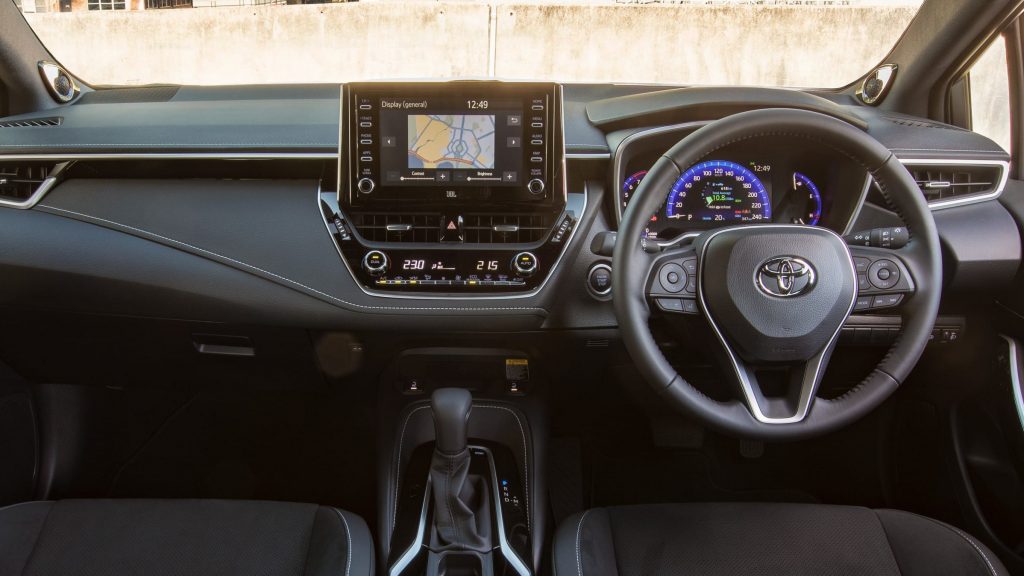
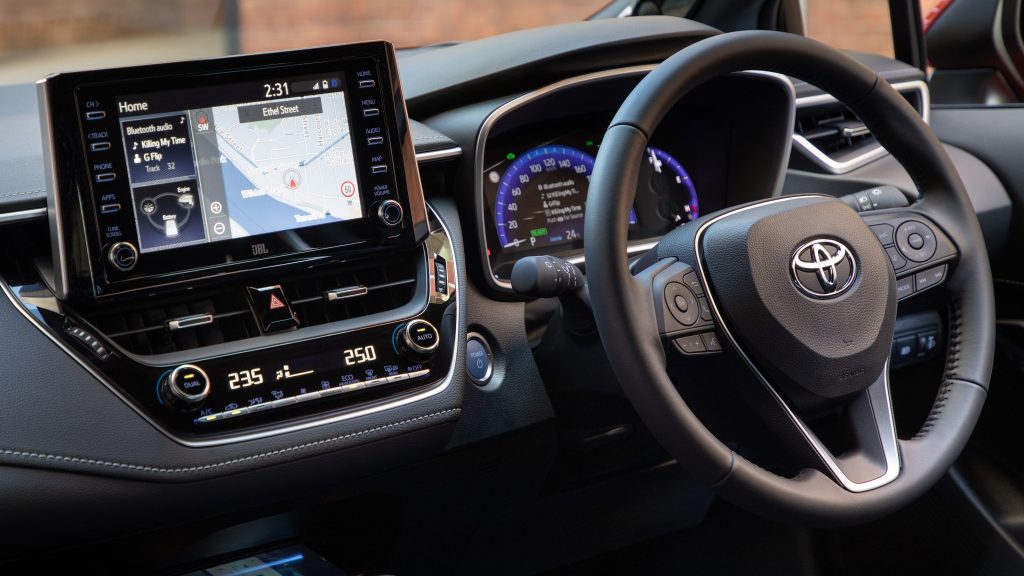
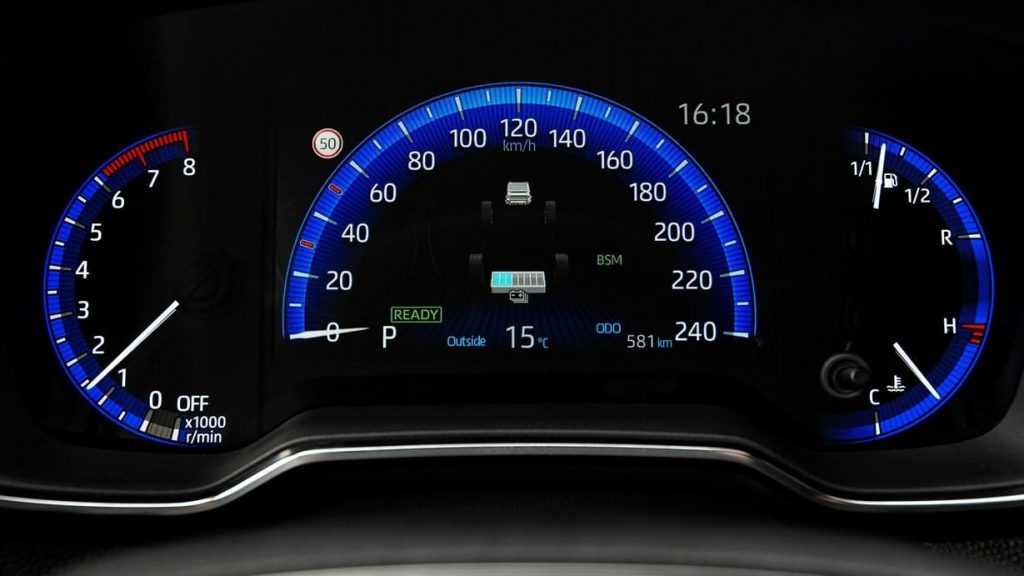
Interior & Practicality:
Forget what you know about the Corolla’s interior as the new model is a far cry from the previous model. Like the dynamics, Toyota has really stepped up the interior design and quality of its new products. There are soft-touch materials with stitching all over the front cabin, and while not to the level of the new Mazda3, the swtichgear is nice to touch as well. The sports seats on the ZR are a particular highlight of the cabin – they’re sportily styled yet comfortable with a good range of electric adjustment.
Standard fit on all 2020 Toyota Corolla models is an 8.0-inch touchscreen with Apple CarPlay and Android Auto smartphone integration, as well as digital radio and inbuilt satellite navigation with live traffic reports – the latter two are on the SX and ZR. Again, the Mazda3’s screen is higher quality (as is its 12-speaker Bose sound system versus the Corolla ZR’s eight-speaker JBL system) but it’s still very easy to use with big and colourful icons. Most importantly, it’s a big improvement on previous Toyota systems. Can you sense a theme here?
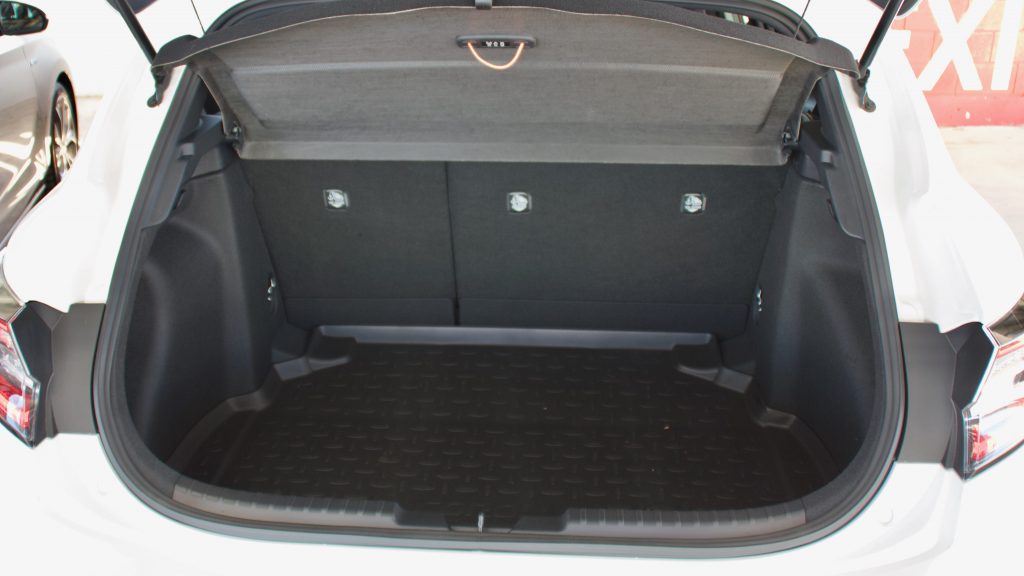
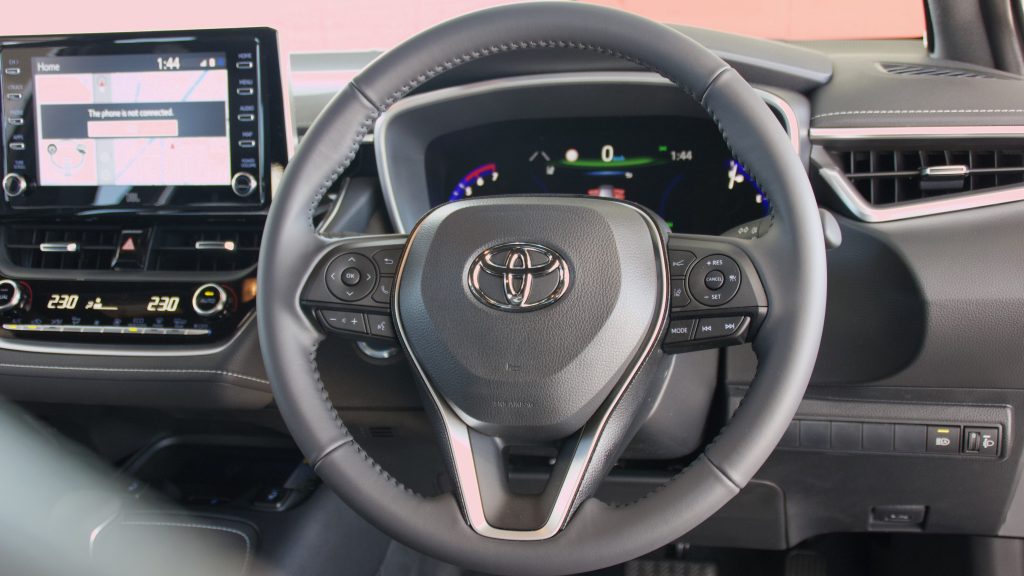
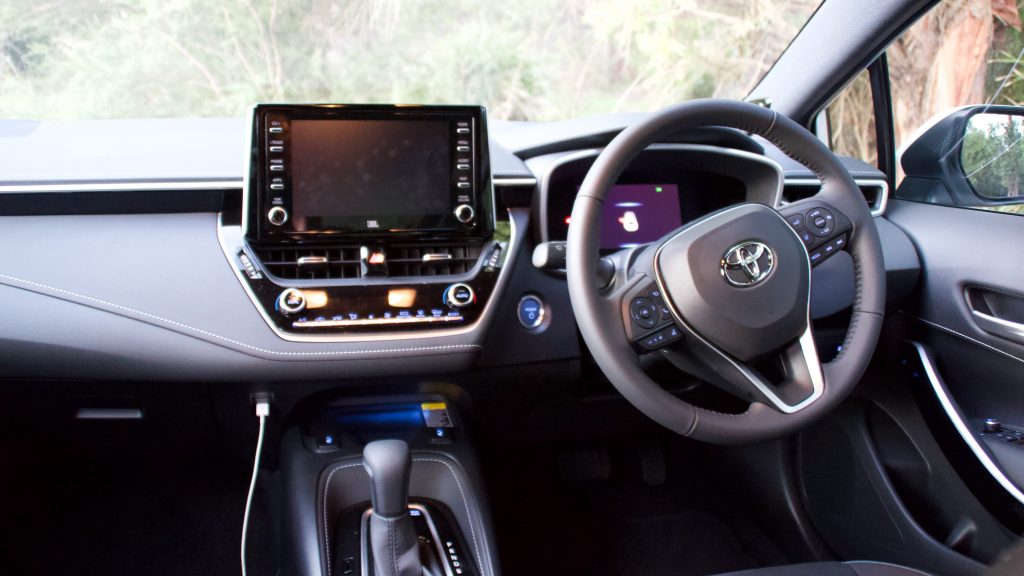
Front seat room and storage is good, and while rear legroom and headroom aren’t amazing, they are better than the Mazda3 hatchback. Thankfully, the ZR includes both rear air vents and a rear centre armrest with cupholders to keep occupants happy – but keep it to two people to avoid fights. The boot is a modest 333-litres in the ZR hybrid hatch, which doesn’t feature a spare wheel, but in all other models this gets reduced to an unacceptably small 217-litres – even Toyota’s own Yaris has a larger boot.
If you need more boot space in your Corolla, the sedan offers a more generous 470-litres. Both the sedan and hatch’s rear seats fold – in the ZR there is a ridge between the boot floor and seat base, but thanks to their higher boot floor – the floor in the Ascent Sport and SX hatch is completely flat.
Running Costs & Warranty:
The 2020 Toyota Corolla Corolla is easily the cheapest car in its class to service with annual 15,000km services that cost only $180 each. Over three years, that’s $540 – cheaper than the Ford Focus by $357 and the Mazda 3 by $537 over the same period. All Corollas come with Toyota’s five-year/unlimited kilometre warranty, although the hybrid systems are further covered by a 10-year guarantee if you service the car as per its intervals.
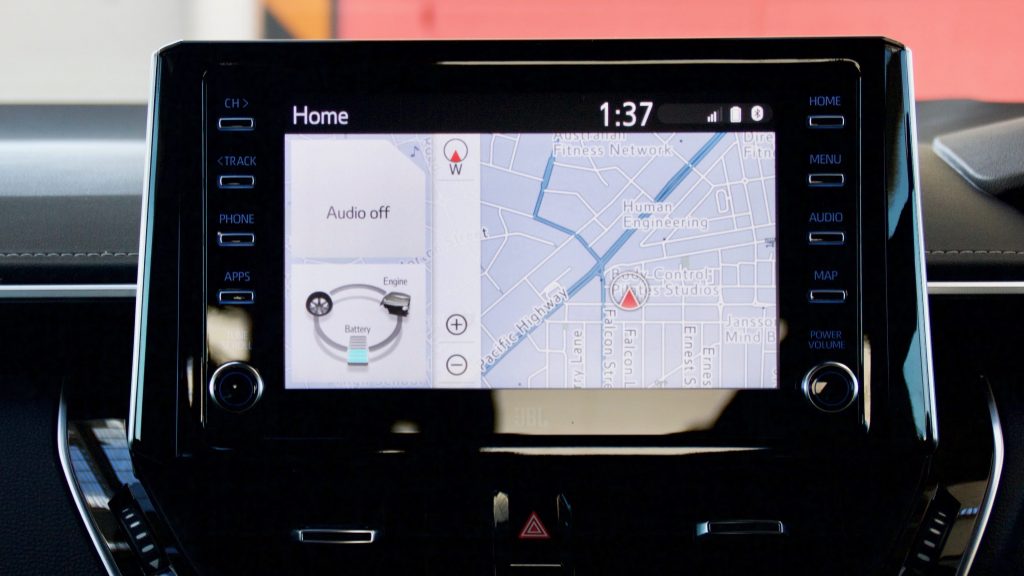
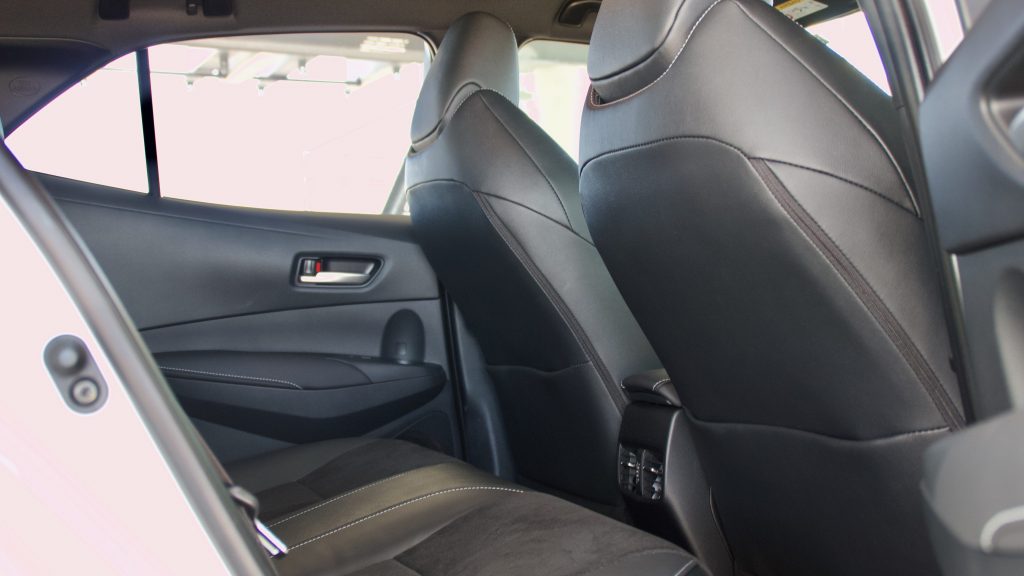
Conclusion:
Here is a Corolla that does the typically boring stuff well – it’s still cheap to maintain, reliable and has amazing resale value. Yet it’s also fun to drive, handsome to look at and technologically advanced with a high level of standard equipment across the range. There are many competitors to the Corolla – ones with bigger boots, or more spacious interiors. Yet almost none are as fun to drive, nor as cheap to maintain and run. A Corolla that the boring stuff as well as the fun stuff? We’re as shocked as you are.
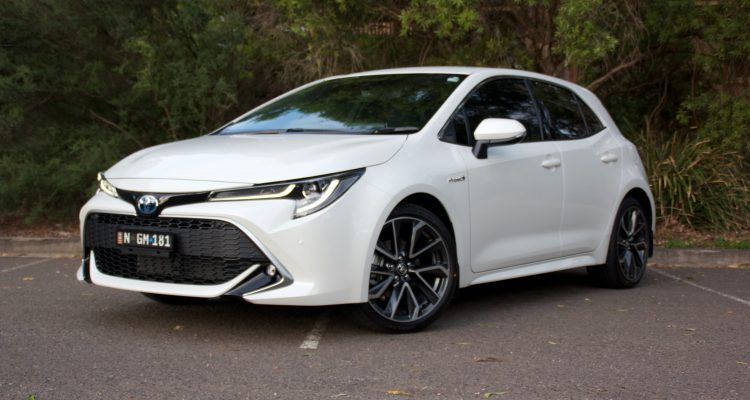
Leave a Reply